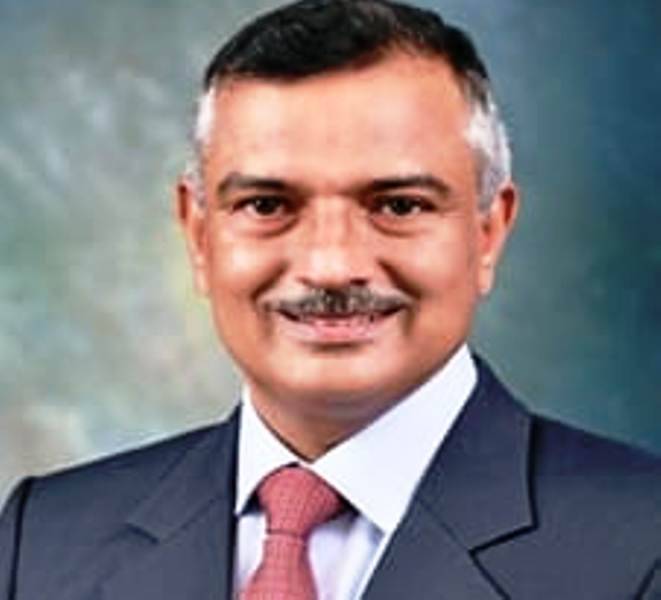
In any livestock rearing venture, almost three-fourth of the total recurring expenditure occurs on animal nutrition. In spite of this much expenditure on animal nutrition, the farmers fail to provide balanced ration to their animals.
Keeping this issue in view, Guru AngadDev Veterinary and Animal Sciences University,(GADVASU) Ludhiana , Ludhiana is going to organize Livestock Nutrition Awareness Week from Feb 22-26, 2021. Dr Inderjeet Singh, Vice-Chancellor of the University revealed that contribution of livestock sector to agriculture GDP in Punjab is ever increasing. It was Rs 7,884 crore (29.60 %) during 2000-01 and increased to Rs 43,261 crore (37.65 %) during 2017-18. He informed thatmany of the farmers are not even aware of the basic dietary needs of different categories of their livestock viz. neonatal, growing, milch and male animals.
Green fodders are also not available in optimum quantities throughout the year. There are certain periods especially July-August and February-March when the fodder is available in plenty, and there are other occasions when it becomes very scarce. All these scenarios often lead to huge economic losses in terms of lower production efficiency as well as frequent reproductive failures.
He informed that specific articles, news stories on animal nutrition will be published in newspapers. Special Radio as well as TV Talks by university experts will be aired during this week for creating awareness regarding importance of balanced nutrition in livestock rearing. Relevant trainings will be organized at the campus as well as at outstations. Exposure visit of scientists, extensionists and students will be conducted to various feed manufacturing units of repute in the state.
There is no doubt that livestock sector has potential of doubling farm income, improving human nutrition, and providing employment in the state. The animal productivity could be significantly increased by breed improvement, better nutrition and health management.
Dr Singh said that all these efforts will create awareness among livestock farmers regarding individual needs of different categories of animals, fodder production strategies in different areas of the state, compounding and storage of concentrate feeds, use of available unconventional items in the animal feeds and strategies for conservation of surplus fodder.
















